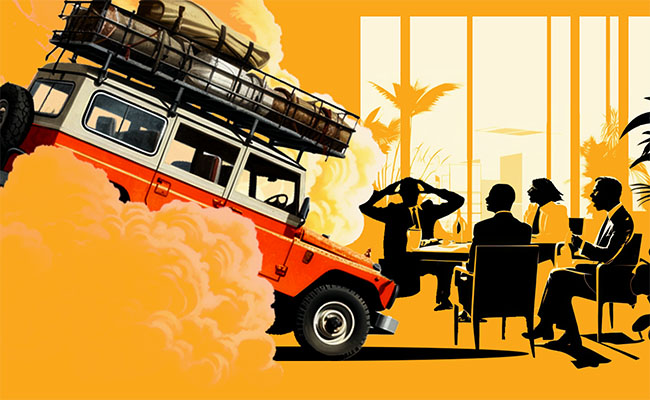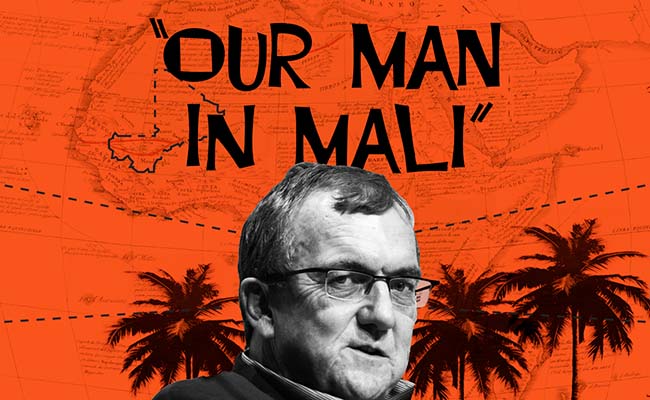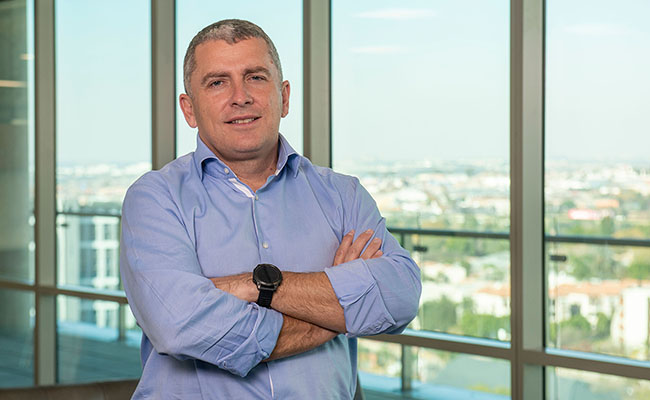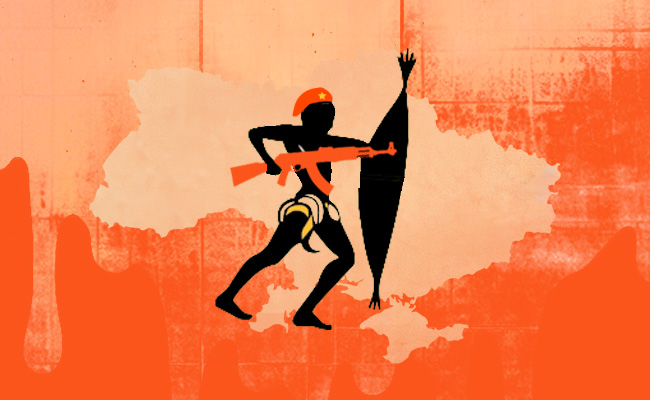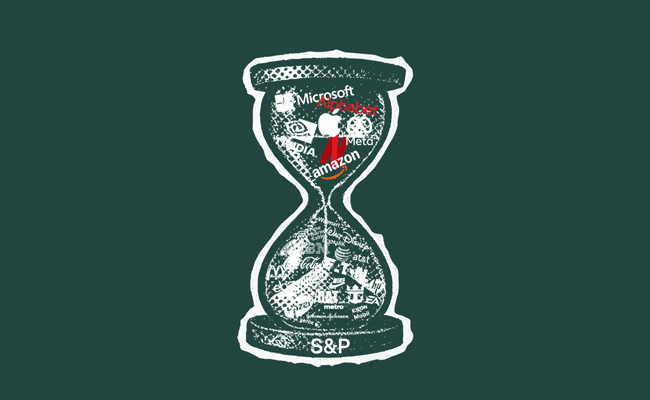From the time I was young, I was captivated by the skies – not just as a passenger looking out of a window, but with the dream of taking control of the cockpit. After selling our IT company to a JSE-listed business in 2007, I finally had the opportunity to chase that dream. I enrolled at flight school to become a helicopter pilot.
What struck me early in my training was how closely flying a helicopter mirrors running a business. Both require precision, focus, foresight, and the ability to anticipate challenges. Both demand calm decision-making under pressure and the agility to adapt when circumstances change. In many ways, the cockpit and the boardroom are governed by the same principles.
Planning, preparation, and risk
Before a helicopter even lifts off the ground, a pilot invests hours in planning. I learnt to assess weather conditions for the entire journey – departure, en route and arrival. I had to calculate fuel needs, always adding reserves for the unexpected, and carefully check the balance of passengers and cargo. Get the weight wrong and the helicopter may not even clear an obstacle, let alone land safely.
Business is no different. Leaders must read market conditions, monitor cash flow, and stress-test supply chains. Just as a pilot factors in reserves, a company needs buffers against revenue shocks or sudden costs. The ability to anticipate and prepare is often the difference between success and failure.
Checks, communication, and control
Before every flight, I walked around the helicopter, inspecting blades, fuel, instruments, radios – every detail that might later spell trouble. These pre-flight checks became a ritual of discipline. Businesses also need their own pre-flight routines: reviewing financials, checking safety standards, and making sure systems are sound.
Flying also taught me the value of communication. A pilot must brief passengers clearly, and in business, leaders must articulate goals, risks and strategies so that everyone rows in the same direction. Trust grows when communication is honest and consistent. Without it, confusion and mistrust take hold.
Control, too, is everything. A pilot must understand the machine, the weather, the terrain – and be ready to adjust in an instant. Leaders likewise must remain in command of their operations, yet agile enough to pivot as conditions shift.
Teams, expertise, and adaptability
No pilot flies alone. Ground crews, air traffic control and copilots are all part of the system. Business leaders also rely on teams. Delegating effectively, building trust, and recognising the strengths of individuals are as important in the boardroom as they are on the tarmac.
Technical expertise also matters. Just as I had to learn the mechanics and aerodynamics of helicopters, leaders must understand their industries in depth. Without it, they risk making poor decisions or missing opportunities for innovation. Adaptability is equally vital. Pilots must adjust to weather; companies must adapt to markets. The ability to change course quickly is a hallmark of resilience.
The Swiss cheese model
One of the most powerful lessons I learnt in aviation was the Swiss cheese model of safety, developed by psychologist James Reason. Each safety measure – checklists, standard operating procedures, crew resource management – is a slice of Swiss cheese. Each has holes, representing weaknesses. When the holes line up, disaster slips through.
In flying, you never want to look through those aligned holes. But this applies equally in business. Systemic failures happen when weaknesses at different levels overlap: poor regulation, bad decisions, weak controls, and complacency. The 2008 financial crisis and the Fukushima disaster both showed how multiple small gaps can align to unleash catastrophe.
The Richtersveld rally – when the holes aligned
In 2017, this principle was driven home to me in the most sobering way. My wife Kim and I entered the West Coast Baja, a three-day off-road rally through the Richtersveld desert. Days before the race, I crashed in training, tearing muscles and tendons in my shoulder. I could not ride, but Kim competed while I supported from Port Nolloth.
The organisers assured us of safety: radios, medics in 4x4s, even a helicopter on standby. Still, I had a gnawing doubt. I insisted that Kim carry a satellite phone, despite her resistance to the extra weight. That decision may well have saved her life.
On the second day, in brutal 50°C heat, Kim encountered another rider, Gary Rowley, who had collapsed beside his bike. He was dehydrated and delirious. She gave him her emergency drink, logged co-ordinates on her GPS and watch, and tried every communication channel. The radio was dead. Her phone had no signal. Only the sat-phone finally connected.
Race control promised paramedics in 20 minutes, but minutes stretched to hours. It turned out they were using the wrong GPS format – decimal degrees instead of degrees, minutes and seconds. That error sent them across the Orange River into Namibia. Meanwhile, Gary’s condition worsened rapidly. Kim tried to shade him with space blankets, poured water over him, and kept him talking. When he collapsed, she performed CPR under the merciless desert sun.
By the time I reached them – after battering my Land Rover across dunes with one working arm – Gary had gone. Three hours after the first call, the medics finally arrived. It was too late.
The tragedy was not caused by one failure but by many: the heat, the lack of compulsory communications, the faulty radio channel, the GPS error, and the delayed response. Each was a hole in the Swiss cheese. Together, they aligned fatally.
Lessons from the desert
Gary’s death was devastating. Kim held him as he passed, and later spoke with his son to assure him his father had not been alone. The experience left us shaken but also resolute. It was a vivid demonstration of the Swiss cheese effect: when small oversights compound, the outcome can be catastrophic.
The lesson for business is clear. You cannot remove risk entirely. But you can build layers of defence:
- Conduct regular risk assessments;
- Establish multiple safeguards – audits, quality checks, redundancies;
- Use standard operation procedures to reduce human error;
- Invest in training and development;
- Encourage open communication and teamwork;
- Monitor performance continually; and
- Foster a culture where safety and responsibility come first.
Just as in aviation, these layers won’t be perfect. Each has holes. But stacked together, they prevent most disasters. Neglect them, and you risk systemic failure.
Hope is not a strategy
Looking back, I realise how easy it is to let hope drive decisions. Riders assumed the organisers’ promises were enough. Gary assumed help would come in time. But hope cannot replace preparation. My insistence on the satellite phone was not paranoia – it was instinct, honed by experience. In business, too, leaders must trust their intuition, and not delegate responsibility for safety and preparation to others.
Closing reflections
This chapter is dedicated to Gary and his family. His passing remains a reminder that risk, whether in the cockpit, the desert, or the boardroom, is ever-present. The Swiss cheese model teaches us that failures are rarely about a single mistake. They happen when multiple oversights align.
As leaders, our duty is to plan meticulously, build multiple defences, communicate clearly, and never assume systems are foolproof. Most importantly, we must respect the human cost of failure. Behind every decision, every oversight, are people whose lives and futures are affected.
The desert taught me what the cockpit had already hinted at: in business, as in flying, survival depends on vigilance, discipline, teamwork, and humility. Ignore these lessons, and sooner or later, you may find yourself staring through a perfect line of holes in the cheese – with nothing left between you and disaster.
Overlanding Through the Boardroom: Using Adventure Principles for Success in Business is published by Rockhopper Books.
Johan de Villiers is the leader of First Technology Western Cape, an award-winning IT provider in South Africa.
Top image: Rawpixel/Currency collage.
Sign up to Currency’s weekly newsletters to receive your own bulletin of weekday news and weekend treats. Register here.



